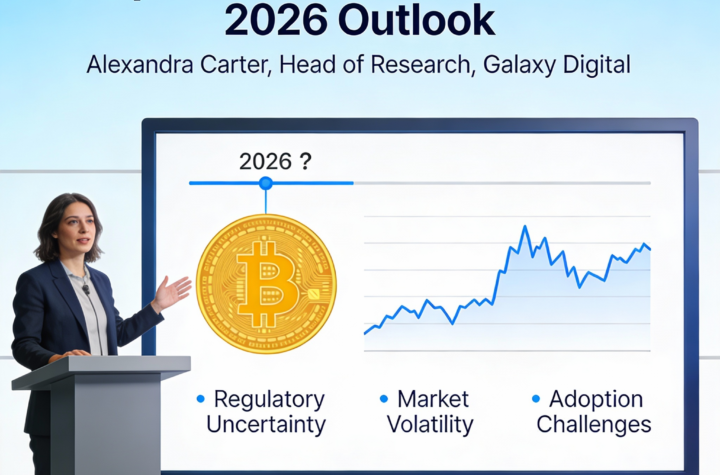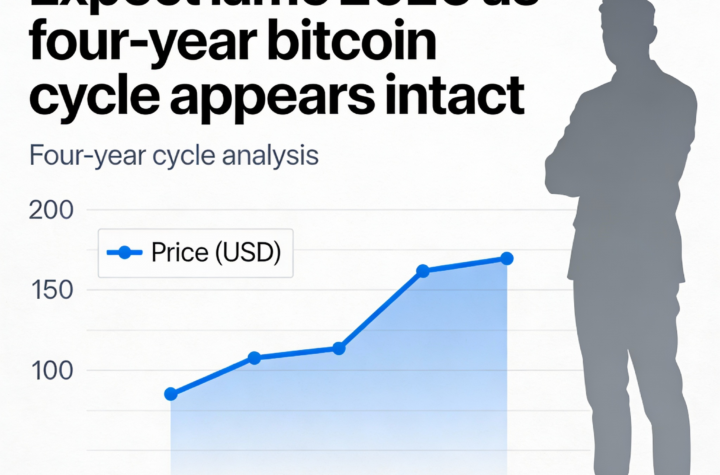
Institutional Bitcoin Demand Slows as DAT Inflows Hit Multi-Month Lows
The appetite for bitcoin via digital asset treasuries (DATs) is showing signs of cooling, a trend that may be contributing to the recent stall in BTC’s bull run.
While more firms are joining the bitcoin treasury trend, their collective purchasing activity has weakened sharply. According to BitcoinTreasuries.net, the seven-day moving average of net daily inflows into bitcoin DATs has dropped to 140 BTC, the lowest since mid-June and a dramatic fall from 8,249 BTC at July’s peak.
Daily inflows this month tell a similar story: 12 of the first 15 days recorded under 500 BTC, with several days seeing no inflows at all. This slowdown suggests that institutional demand for bitcoin exposure through traditional market instruments has softened following aggressive buying earlier in 2025, which had bolstered BTC prices.
Bitcoin’s price trajectory mirrors this cooling trend. After hitting a record $126,000 on October 6, BTC has retraced to near $110,000. Since June, prices have largely consolidated above $110,000, reflecting a balance between bullish sentiment and profit-taking pressures.
The DAT model, popularized by firms like Strategy, follows a time-tested strategy: borrowing fiat to acquire scarce, hard assets. Bitcoin, with a fixed supply capped at 21 million coins and strong decade-long performance, has attracted corporate treasuries looking to hedge against inflation and diversify reserves. To date, the top 100 public DATs by market value have collectively acquired over 1 million BTC.
The Risks Behind the DAT Trend
Like gold, bitcoin is a zero-yield asset, meaning coins acquired with borrowed funds sit idle on balance sheets without generating cash flow. The DAT strategy therefore relies on price appreciation, much like a company investing in gold in anticipation of future gains.
Most DATs finance purchases by issuing stock at a premium to net asset value (NAV) and raising debt. The premium is driven by narrative and reputation—a “memetic premium,” as NYDIG calls it—linked to the company’s figurehead.
This structure leaves firms exposed: if the memetic premium weakens or investors sell shares, the premium-to-NAV ratio could collapse. Evidence of strain is already visible: roughly one in four publicly traded DATs now trade below NAV, meaning their market value is less than the crypto they hold.
NYDIG also notes that premiums are positively correlated with BTC prices, so any downward movement in bitcoin could further erode valuations and investor confidence in these treasury vehicles.





More Stories
According to Galaxy Digital’s research chief, Bitcoin faces a highly unpredictable 2026.
According to Fidelity’s Jurrien Timmer, 2026 could be underwhelming while Bitcoin’s four-year cycle remains intact.
BlackRock’s Bitcoin ETF attracts $25 billion over the year, defying the recent Bitcoin downturn.